<meta name="p:domain_verify" content="a18b2c1f8e33804ac933d39eaa644b90"/>
Search Options Trading Mastery:
Daily Stock Market Options Trading
The Three Faces of Daily Stock Market Options Trading
Daily stock market options trading could mean different things to different people, depending on where you're coming from, so let's break it down into a three main areas and deal with each one separately:
(1) Day Trading
(2) Short Term Trading
(3) Option Strategies - monitored daily
Stock Market Day Trading
Day trading is certainly a daily stock market options trading approach that will need your full attention. To be classified as a "day trader" the distinguishing feature is that you don't hold any positions overnight.
All positions are opened and closed out within one trading day.
Some of the benefits of this way of trading include avoiding "gaps" between trading sessions, broker discounts in recognition of high volume of trades executed, the instant gratification that comes with following the market action and the "sleep at night factor" from being able to assess your trading performance at the end of each trading day, without worrying what tomorrow will bring.
Stock market day trading is not for everyone - it has to fit with your personal style and in particular, your ability to cope with the sometimes capricious nature of intra-day price action.
We have covered the subject in more detail on our stock option day trading page.
Daily Stock Market Options Trading - Short Term
Short term trading is the next step up from day trading. Postions taken are usually either call or put purchases or debit spreads and held for up to one week.
If you're trading single long options positions, then in order to gain maximum advantage from the options greeks, you take either at-the-money or first-in-the-money positions, with about 6 weeks to expiration date.
You should also first compare the implied volatility in the call or put options with the historical volatility of the price action of the underlying asset.
Once the options have less than 30 days to expiration, you are very vulnerable to the effect of option time decay (theta) which from that point onward, increases at an exponential rate and is particularly rapid within the final two weeks before expiration.
If your long positions are out-of-the-money during this time, you will see the value of your trades almost evaporate before your eyes.
Daily stock market options trading with a short term focus, usually relies on what is called "technical analysis" of stock charts with a view to predicting future short term direction of the underlying.
The most popular technical analysis concept would have to be:
The trend is your friend - comparing "weekly" and "daily" chart trends and timing your entry so that the odds are in your favor on the assumption that, unless there are reasons to believe a reversal is imminent, the price action will continue in the direction of the trend.
Trend lines are drawn over a 3 month daily chart to indicate short term direction. If this direction is downward, you then compare with "weekly" charts. The downward direction MUST be confirmed by the "weekly" chart trend line covering at least 12 months, as well. The reverse applies for upward trends.
An even stronger trending confirmation signal is when monthly, weekly and daily charts all point in the same direction. This philosophy is the basis for the "trade triangles" approach taken by MarketClub.
Trade triangles, in conjunction with MarketClub's impressive SmartScan technology, locates strongly trending securities in the US and Canadian markets, as well as the forex markets.
Once you establish the trend, you want to ensure your that stock is not hitting a support or resistance area - also confirmed by horizontal or channel lines on your chart. These areas, particularly if the stock is in a longer term channel, are danger zones for trend traders because they indicate a possible reversal point from the main trend.
Other Reversal Indicators
Another reason why a trend may not continue is that it is running out of steam, or momentum.
Various "momentum indicators" including the relative strength index and oscillators such as the stochastics provide warning signs of over-bought and over-sold stocks. If an up-trending stock or index has reached levels never before seen, sometimes called "blue sky", then momentum indicators become more significant.
Along with technical indicators, daily stock market options trading this way includes being on the lookout for reversal patterns.
The "double-top", "double-bottom" and "head and shoulders" patterns are among the most well known and reliable reversal patterns.
So in summary, short term daily stock market options trading simply involves
- Following the trend,
- Timing your entry within the trend and
- Not trading with the trend when reversal signs are present. You enter long call or put positions with the intention of only holding them a short time.
As a final note, you should always check the "implied volatility" in the option price. If it is low compared with the historical volatility of the underlying stock, you now have an additional advantage.
If the IV is high compared to HV, you are paying too much for the options and even if the stock price moves in your favor, you may not realize much profit. Better to wait for the best deals.
Advanced Option Strategies - Monitored Daily
Some traders prefer strategies with a longer term focus and for this reason, a number of advanced option trading strategies have been developed.
These are combinations of bought and sold positions, some involving different numbers of contracts and different expiration dates. The whole idea is for them to work slowly in your favor, usually over a period of one month or more.
These are low stress trades and best suited to people who are either otherwise occupied with careers, or who simply don't want to sit in front of a computer for too long each day. They monitor their positions for about 15-30 minutes on a daily basis - and that's it.
Longer term stock market options strategies tend to take advantage of the one certainty with all options contracts - they eventually expire.
If you can be on the "selling" side of an option contract that expires out-of-the-money, then you keep the premium you received when you sold.
There are a some popular strategies which involve short (sold) options positions while at the same time, limit your risk. An in-depth education about these positions and in particular, how to adjust them when necessary for more profit, can be found in the very popular Trading Pro System videos.
Daily Stock Market Options Trading, when understood and applied with discipline, is without doubt, one of the most secure and profitable enterprises anyone can embark on. Yes, it carries risk, but so does any business venture - and according to statistics, 95 percent of start up businesses fail.
The secret is to understand your product and how to manage the risk.
**************** ****************
Return to Stock Option Trading Contents Page
Go to Option Trading Homepage






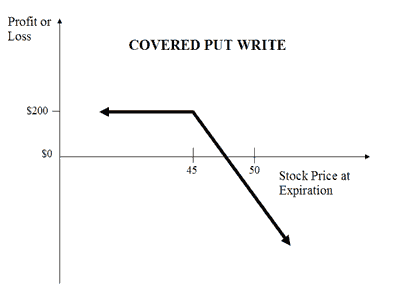
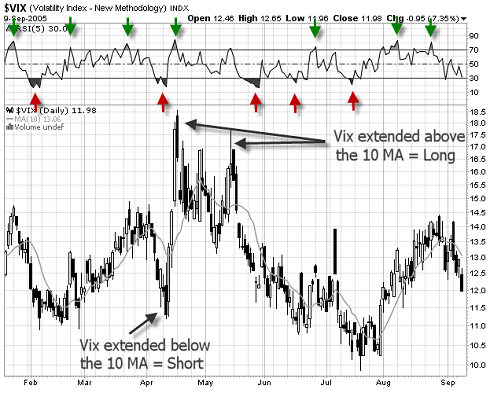
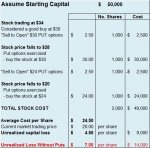
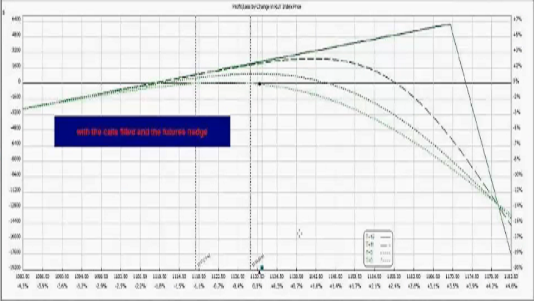

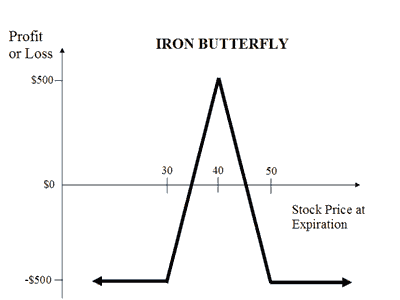



New! Comments
Have your say about what you just read! Leave me a comment in the box below.